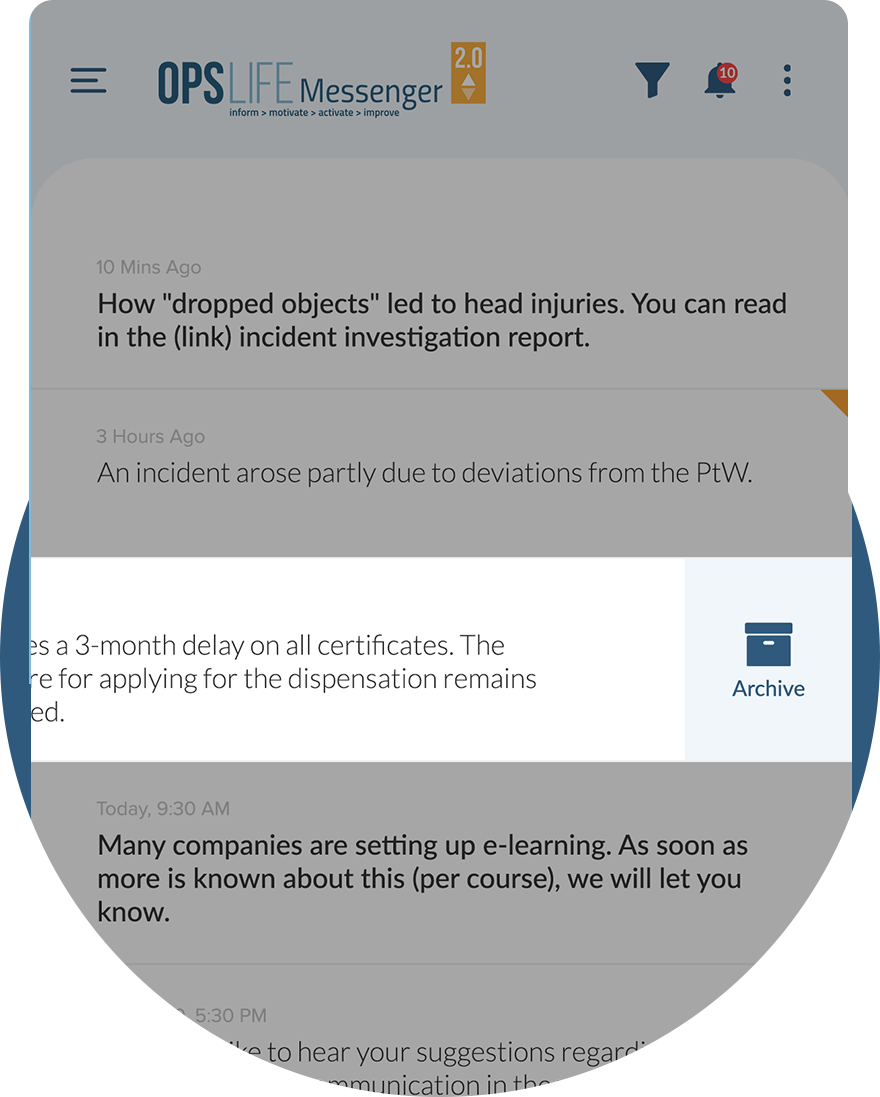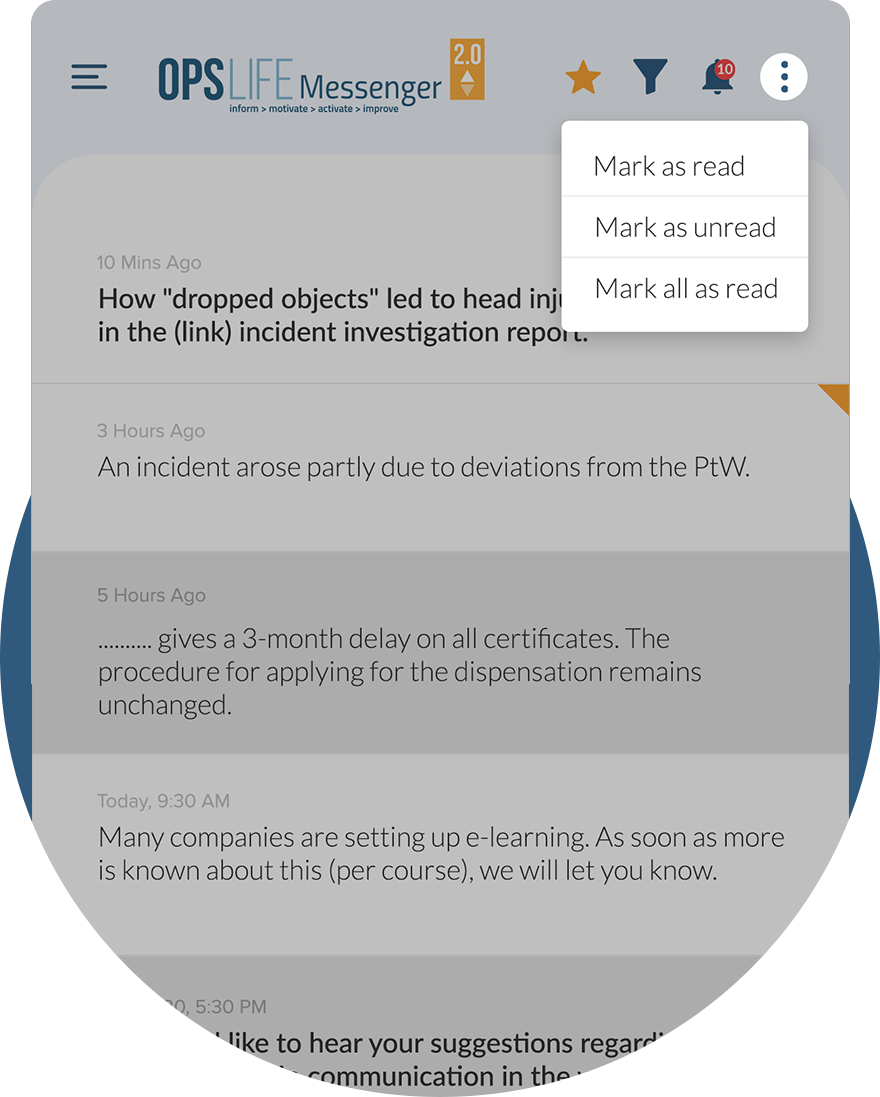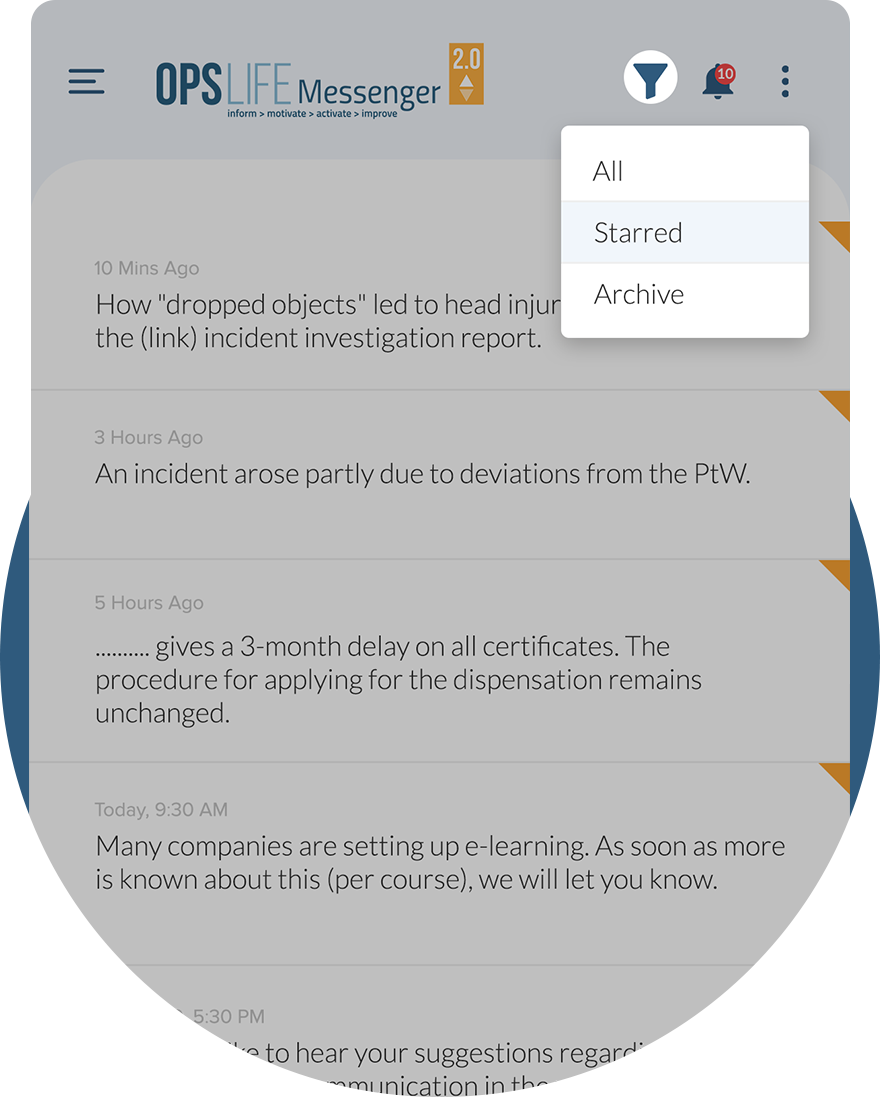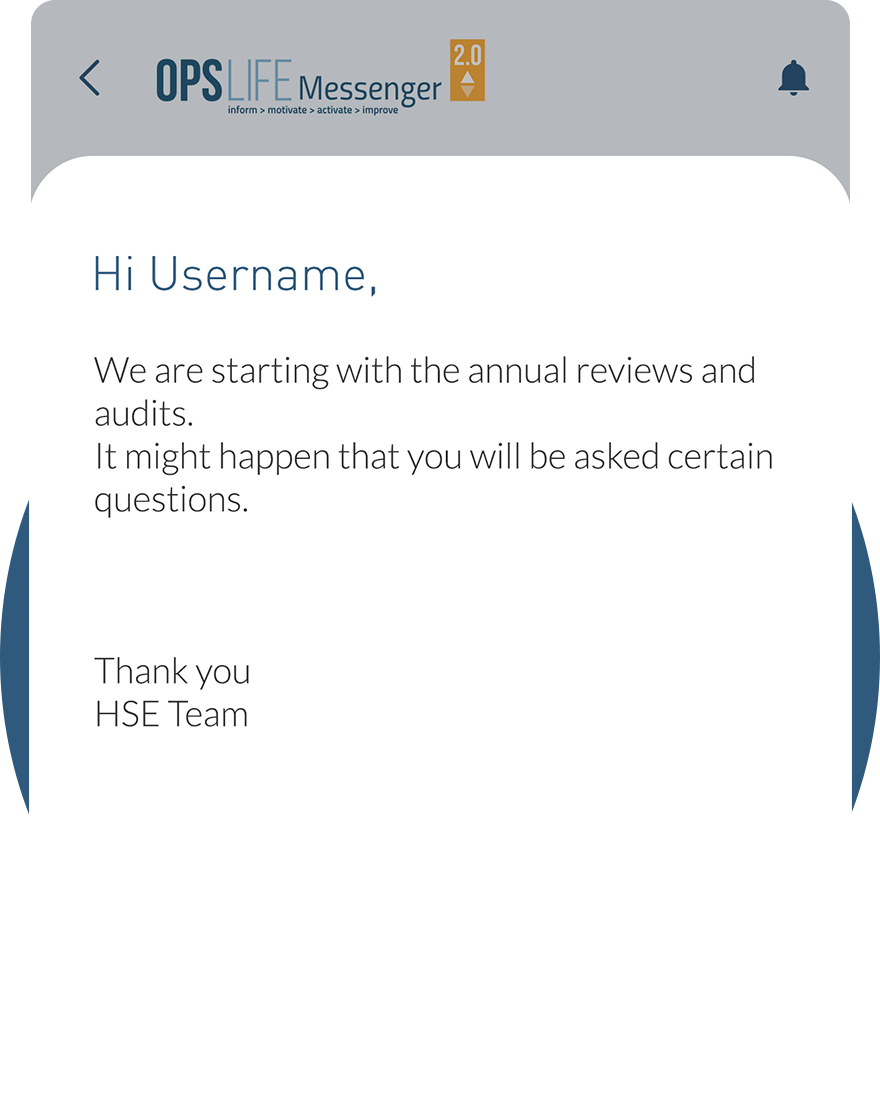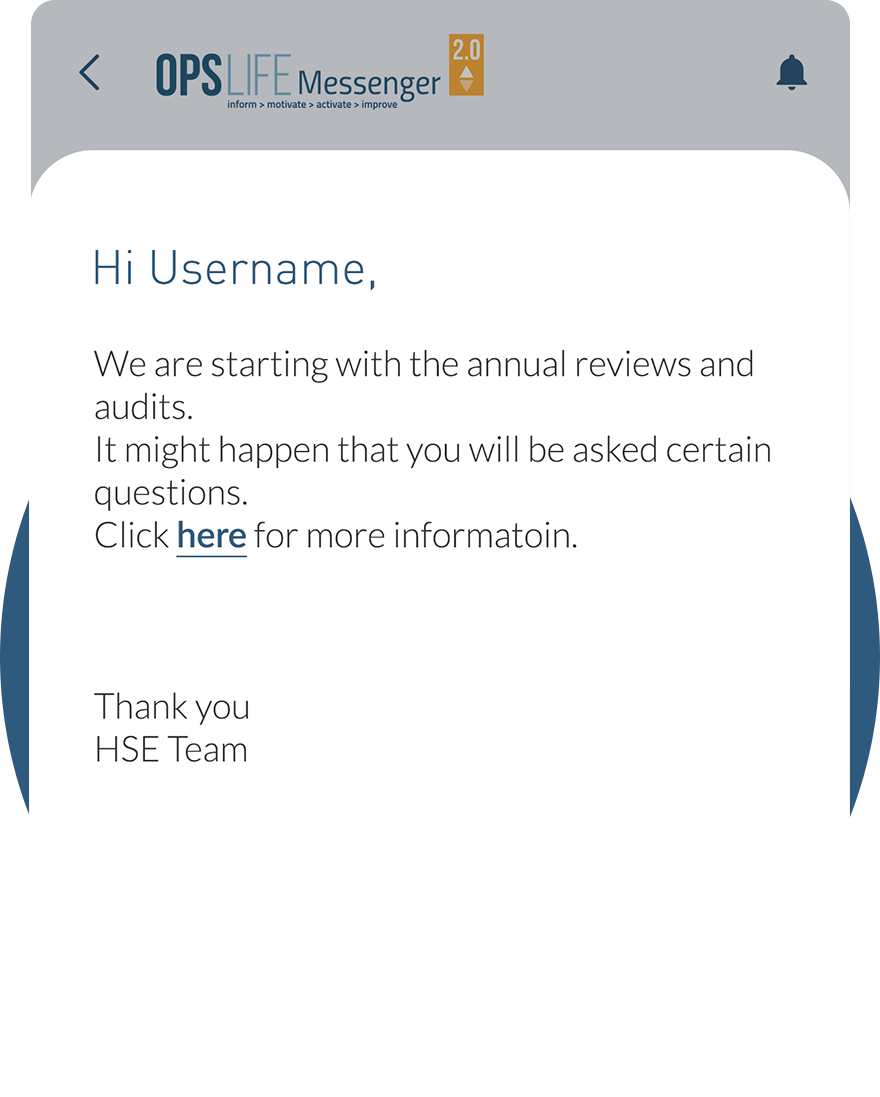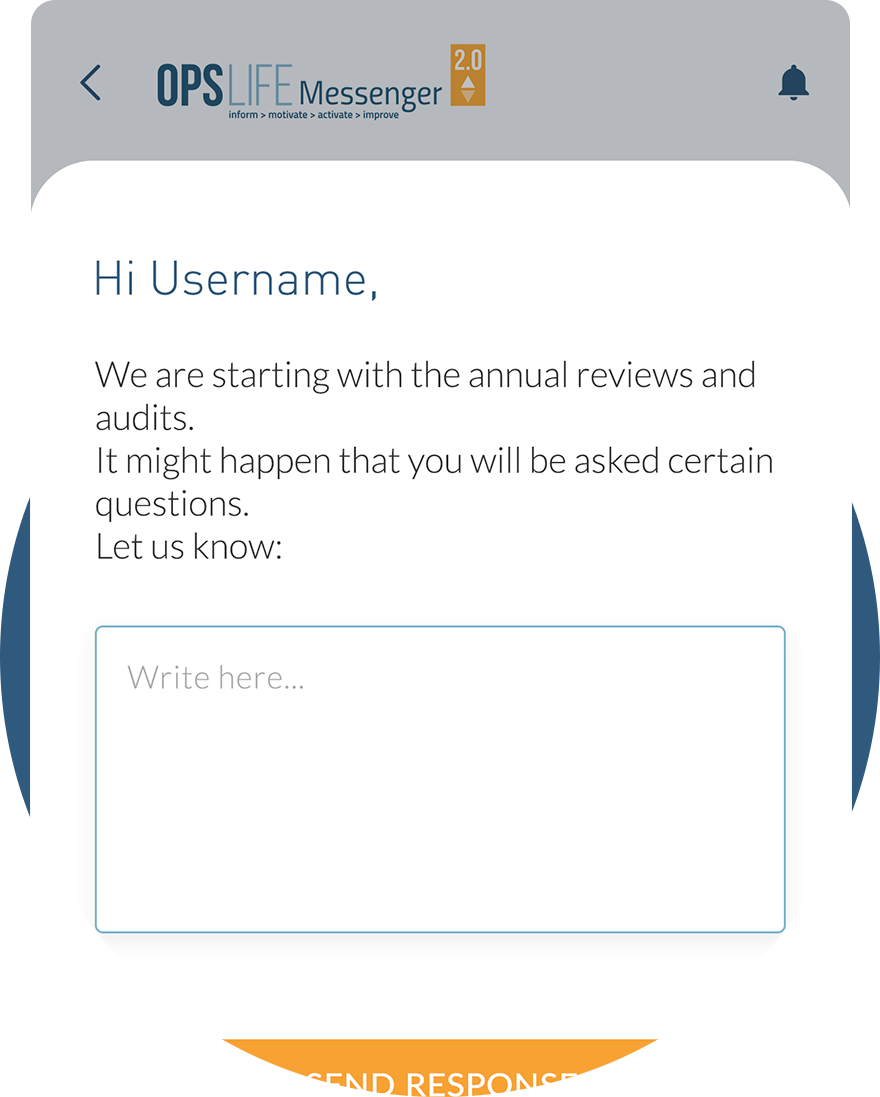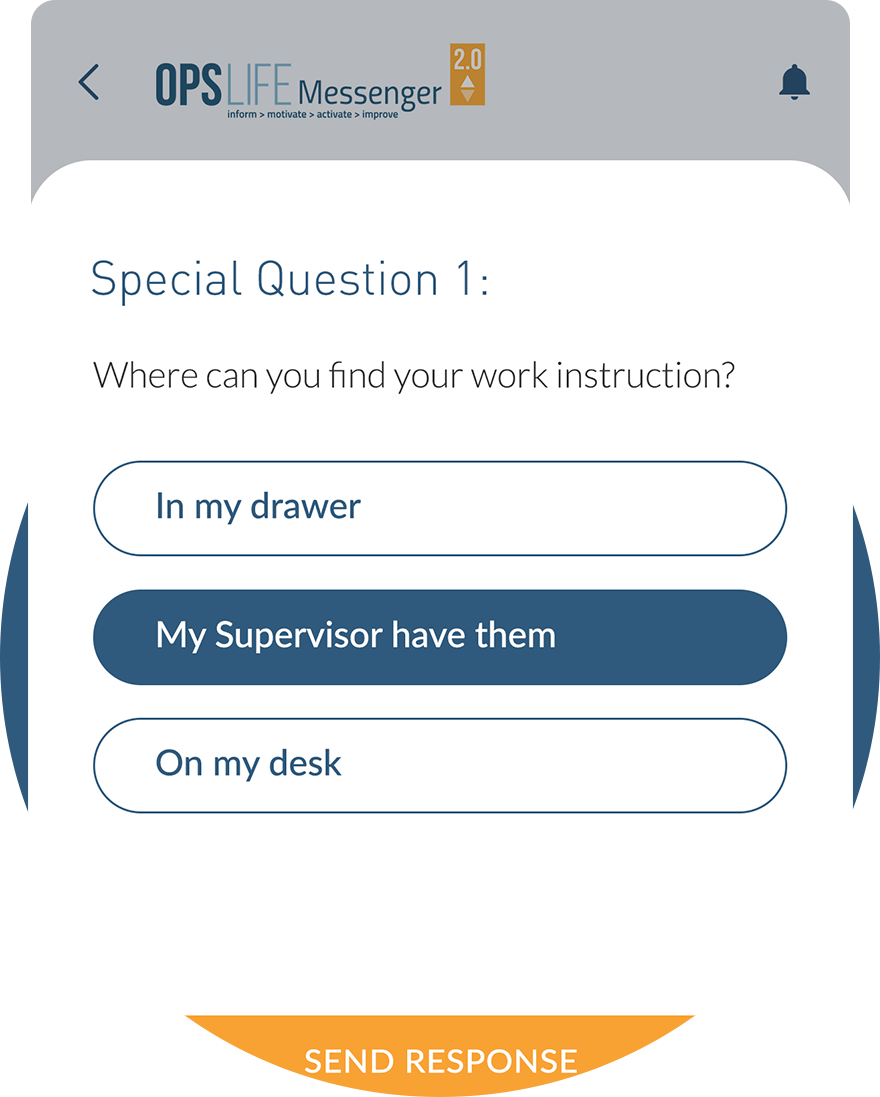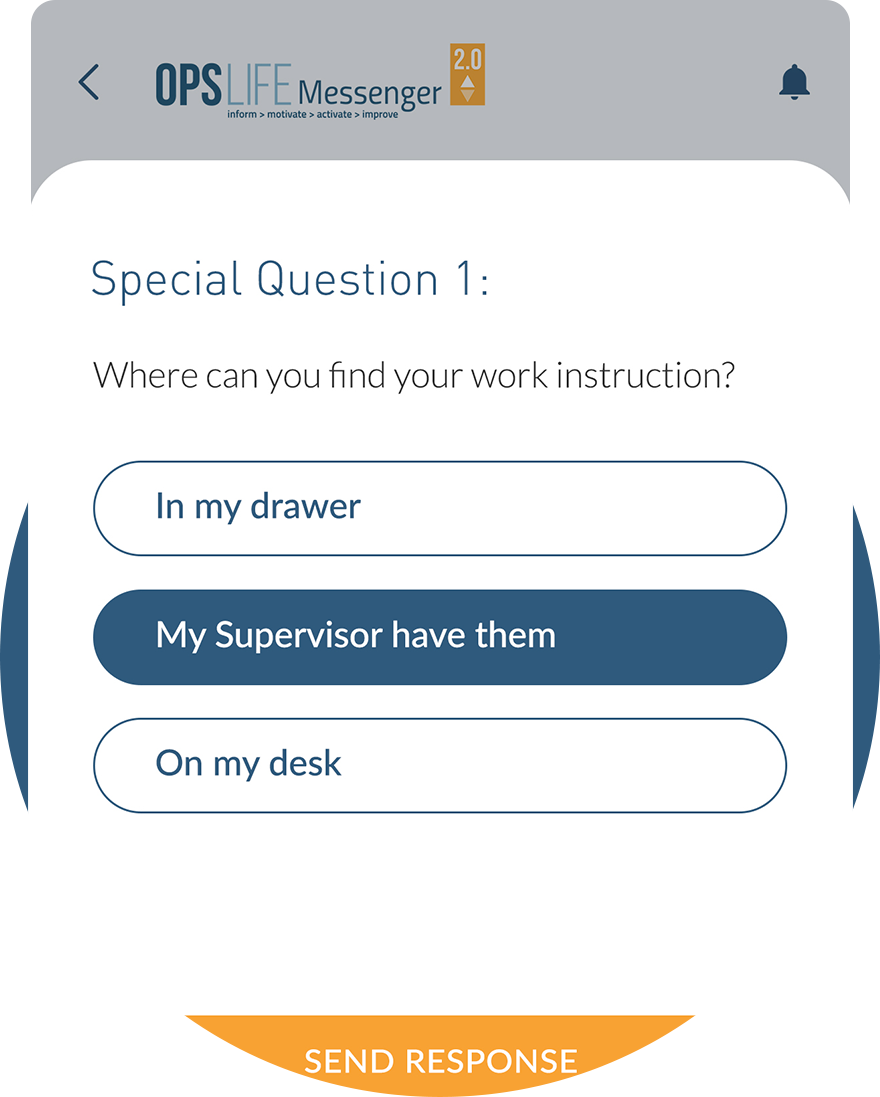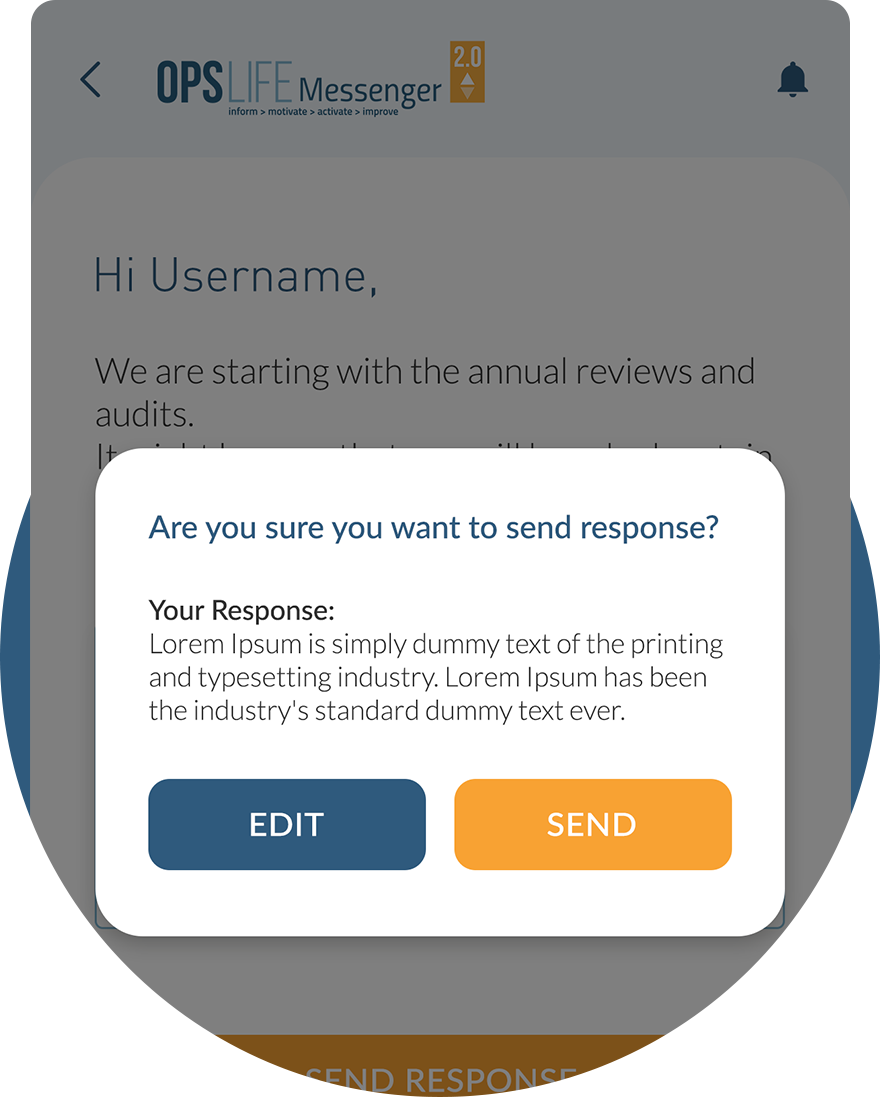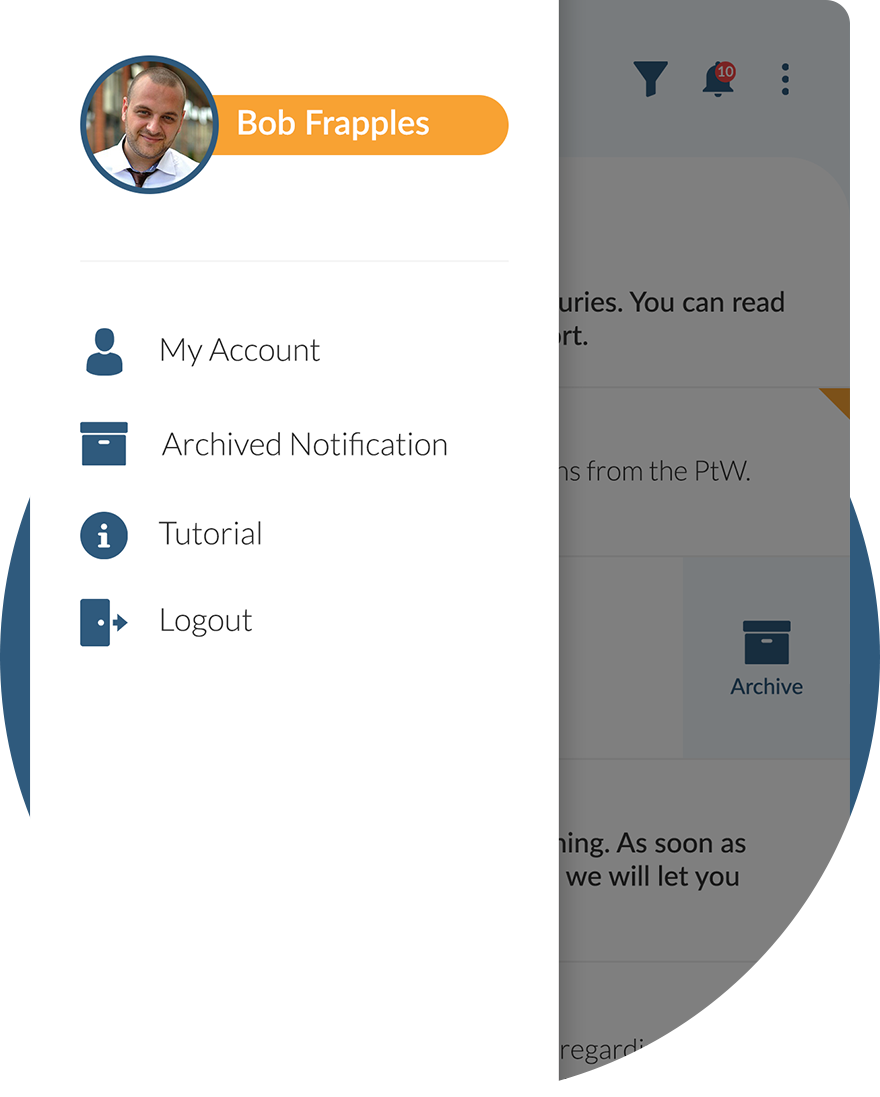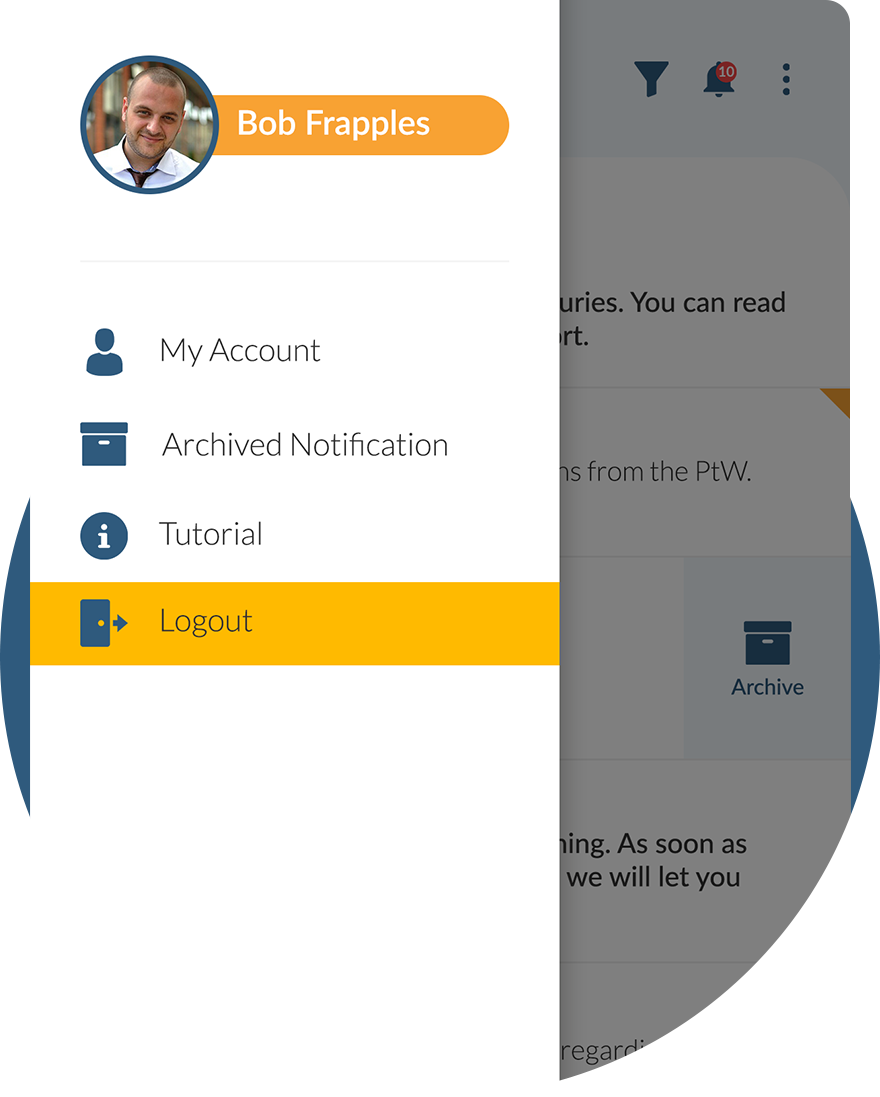Basic HSE information about Working at height and set of tools to be used at work
Working at height
- Workplace Information
- Toolbox Information
- Check Your Knowledge
- Action Focus Campaign
IMPORTANT INFORMATION
- Cordon off the working area.
- Secure tools so they cannot fall.
- Always maintain three points of contact when climbing and descending.
- When wearing fall protection equipment, ensure that it is properly attached.
- Clean up your workplace before you leave.
WHAT IS IT?
Activities executed at height are the most hazardous, which is why explicit authorization is required. The use of protective equipment in order to prevent you from falling or to protect you from any consequences of falling, is mandatory. Prior to commencing, and during the work, it is expected that you know when and how to use this equipment. Ask your company from what height you need to use protective equipment.
MAKE SURE YOU REMAIN CURRENT AND INFORMED REGARDING THE REGULATIONS IN FORCE.
HAZARDS
- areas difficult to reach
- close proximity of operating process equipment
- difficult work conditions
- assembling / disassembling of heavy parts
- simultaneous activities
- weather conditions
PAY ATTENTION!
- when confused or any danger arises or when there is any deviation from the Permit to Work: stop work
- never improvise
- immediately report any deficiencies, shortcomings or damage to fall protection equipment
- never leave material or equipment lying around
PREVENTION
The risk of falling and injury must be eliminated at all times. Therefore, always first consider whether the activities can be executed in a way other than at height.
This could involve:
- inspection of the work place
- performance of a job consultation
- toolbox meeting
- discussion of Permit to Work / Task Risk Analysis (risk identification)
- Last Minute Risk Analysis (LMRA)
Pay attention!
During the toolbox meeting, ensure everyone is aware of all procedures in case of an incident.
PERHAPS UNNECESSARY TO MENTION, BUT:
- follow your company’s procedures
- ensure you have had proper training
- before and after use, inspect your tools and protective equipment
- don’t make any alterations to protective equipment
- ensure the work place has been cordoned off when you leave
- do not violate any cordon
- replace damaged tools and equipment
- ensure your colleagues are aware of the danger of falling
CLEAN UP YOUR WORKPLACE BEFORE YOU LEAVE
PROTECTION
Protection against the consequences of any fall is key to your safety. In some situations, even the smallest difference in height can be life threatening. Working next to a gap or at the edge of a structure, above water – are all hazardous situations. Be sure to take the correct and relevant safety measures.
When working at height is unavoidable, specific and suitable equipment must be used in order to prevent any falling from heights/in depths. Ask your company about the equipment and their rules relating to using a scaffold, ladders, stairs, a ramp and other relevant items.
BEFORE YOU START WORK
- inspect and check your work place
- familiarize yourself with escape routes assembly points
- check the equipment you will be using
- inspect and check your fall prevention equipment
DURING WORKING AT HEIGHT
- always wear the correct fall prevention equipment; ask your company about this
- adapt the fall prevention equipment you use to the potential falling height; ask your company about the right length and the correct use
- always secure your prevention equipment to a stable / acceptable point; ask your company about this
- beware of falling objects and tools
- be alert to changing work / weather conditions
- maintain 3 points of contact during climbing and descending, using both hands
Ask your company about their rules relating to working above water.
IN CASE OF...
If working alone and in the event of a fall from a height, use a personal safety alarm with a built-in fall alarm system that will automatically alert someone. Ask your company for further details in relation to this.
Start your daily work with safety!
Onscreen presentation is very useful to use during work preparation or toolbox meetings. It provides short and concrete information. Five questions and answers at the end of presentation can be used to make the meeting more interactive and to give conversation a boost.
Be always prepared for the work!
It is of utmost importance to be well prepared before you start the work.
By clicking on the button below you can check your knowledge about this HSEQ subject.
After completion of the knowledge check, your certificate will be visible in
MY ACCOUNT > My training.
